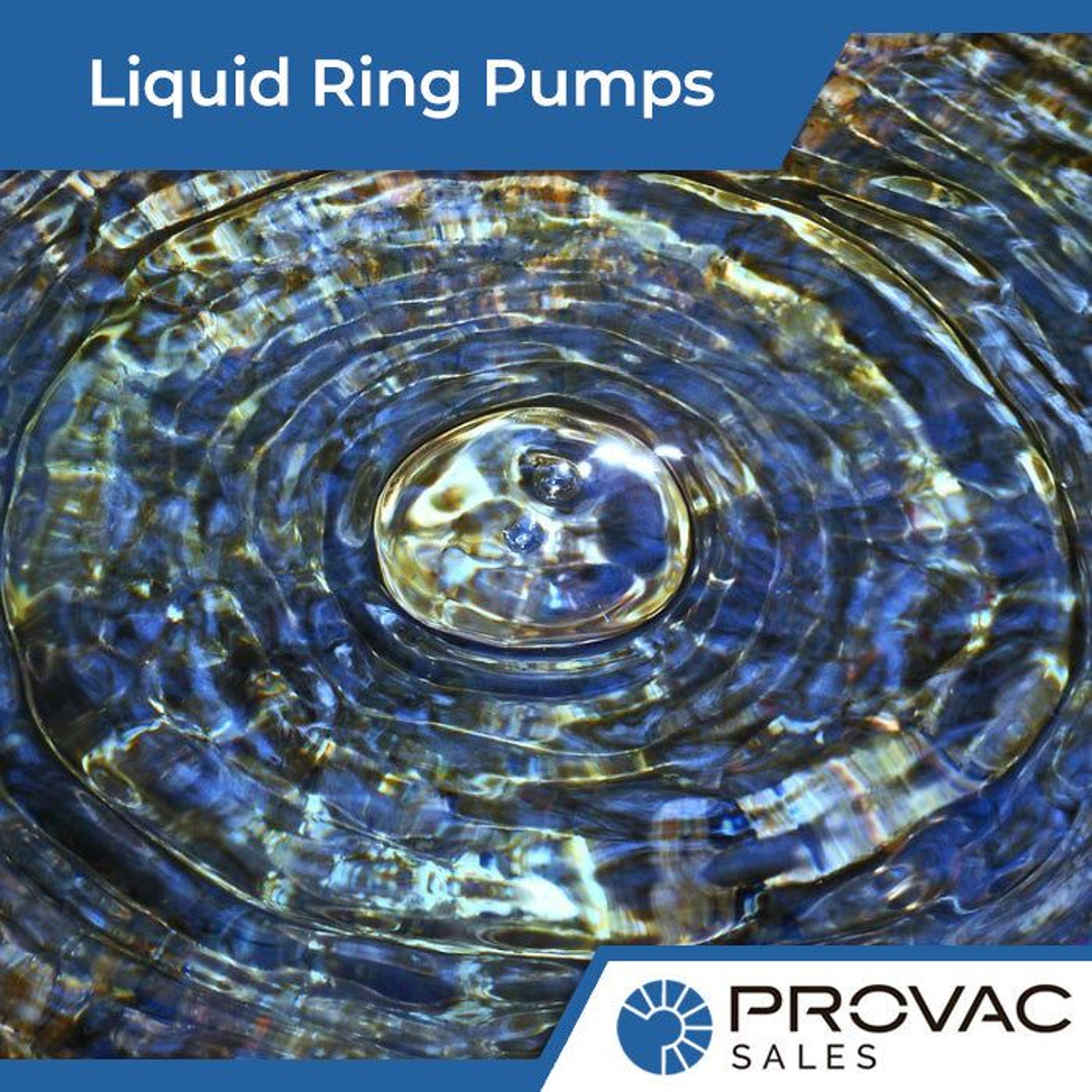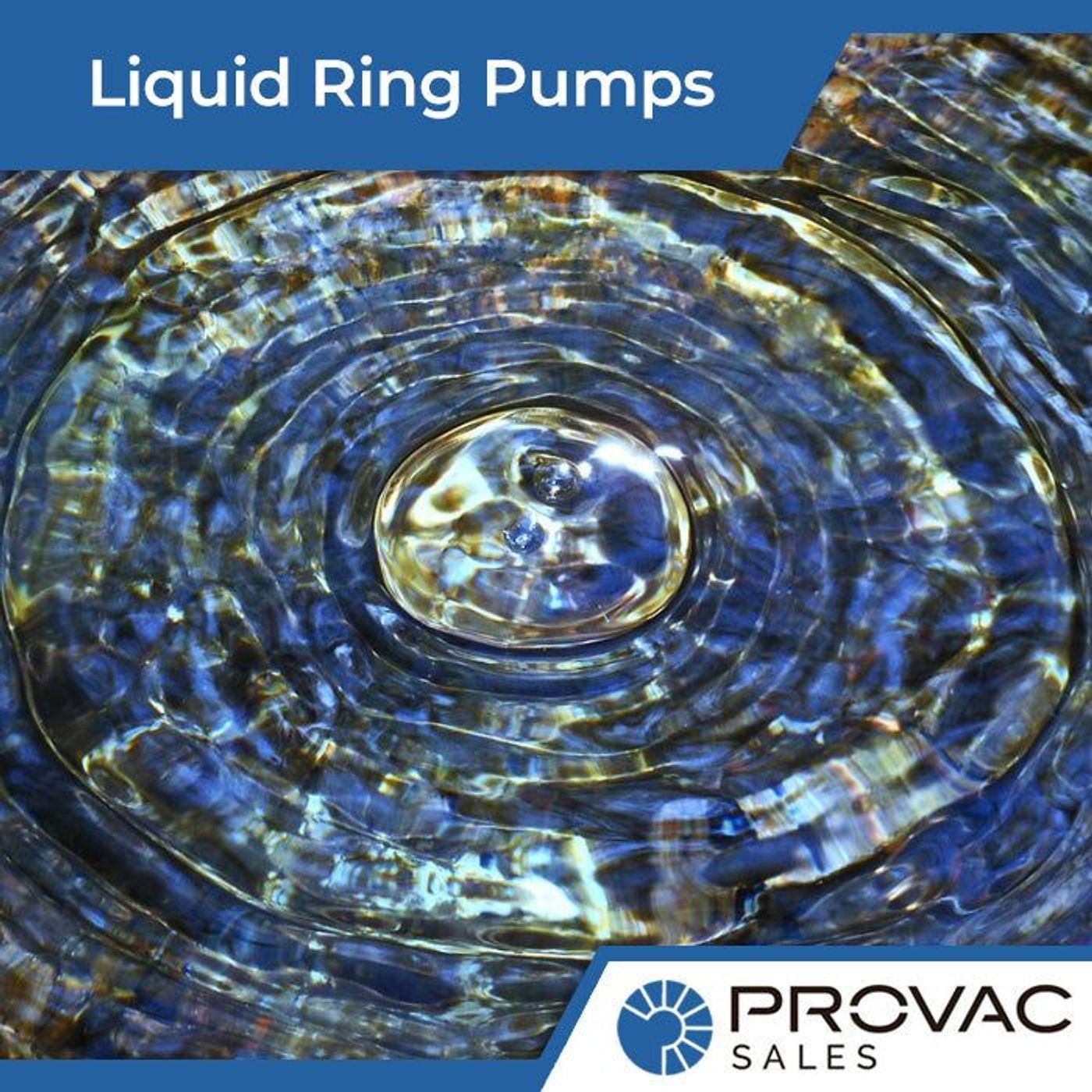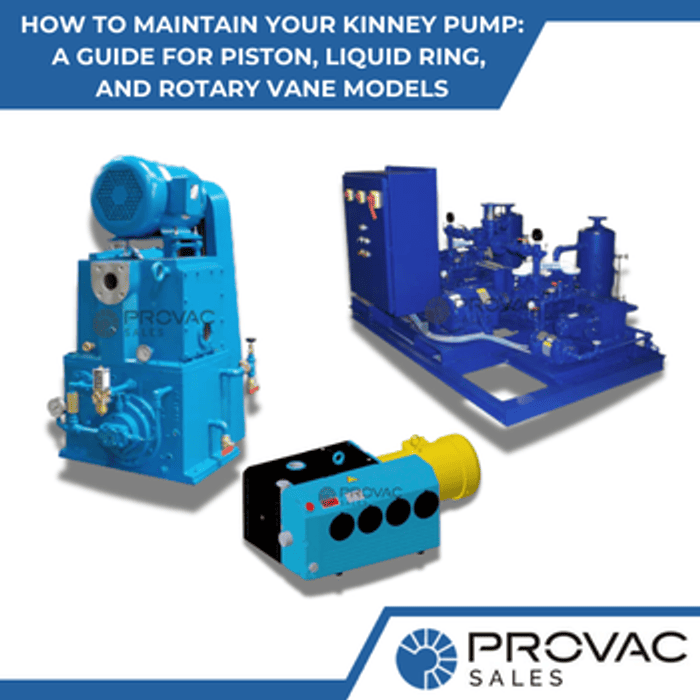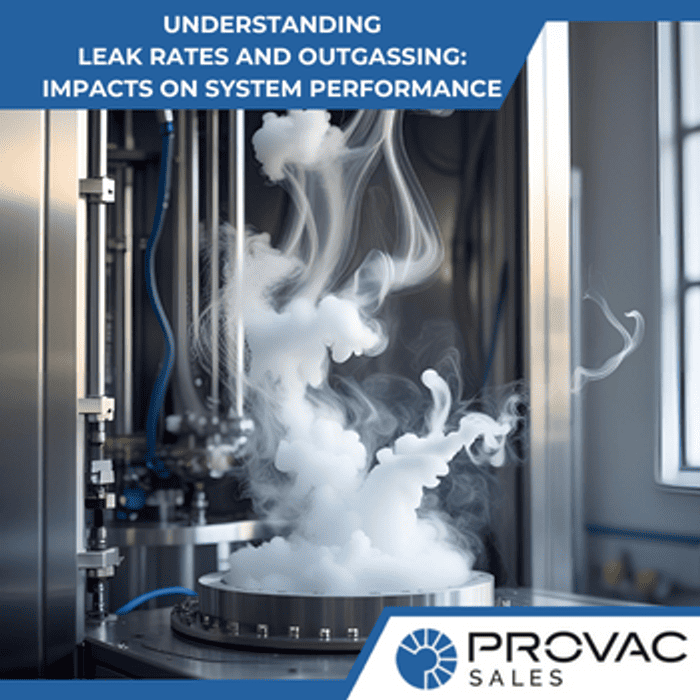Liquid ring vacuum pumps are devices that employ suction to move a volume in or out of an object. These pumps are easy to operate and are generally used in a variety of applications across different industries. For a liquid ring vacuum pump to work, it requires a sealant, which can either be oil, water, or any other liquid.
The Working Principle of a Liquid Ring Vacuum Pump
Liquid ring pumps have an impeller eccentrically-located to the vacuum pump’s housing (the cylinder body). As aforementioned, for the pump to create a vacuum, it requires a liquid seal – and water is the most commonly used sealant. Before starting a vacuum pump, it is imperative that the sealant is filled in the pump to more than a quarter of the cylinder’s volume. Sealants can be recirculated through the liquid ring pump on a closed-loop system, or discharged after initial use in the pump.
When started, the pump’s impeller begins to sling the sealant, using centrifugal force, to the outer wall of the cylinder, creating a ring of liquid. Since impellers in liquid ring vacuum pumps are off-set from the body, some of them are fully immersed in the sealant while others are almost out of the sealant. The area or space void of the sealant is sealed off between the sealant and the blades of the impeller. When activated, the sealant recedes from the pump’s central hub, serving as a liquid piston to form a larger cell. This cell is the pump’s suction, drawing gases, vapors, or air through the inlet at the sides of the blades.
Once the impeller cell has passed the inlet port, it moves towards the discharge port. At the same time, the sealant is forced to move towards the center of the impeller’s hub, creating compression. As the cell passes the discharge, the compression is too high. As a result, the gases plus some of the sealant are released to the atmosphere through the discharge port.
Induction motors power the friction-free impellers of most liquid ring vacuum pumps. Any of the sliding friction that occurs within the pump is restricted within the shaft seals -the only moving part is the rotor.
There are two basic types of liquid ring vacuum pumps:
- The single-stage liquid ring pump
- The two-stage liquid ring pump
The information above describes the cycle of a single-stage vacuum pump. In a single revolution, there pulling a vacuum (suction) and releasing back to the atmosphere (compression.) Single-stage pumps characteristically produce a vacuum of down to 35 mm Hg or 25 Torr.
A two-stage vacuum pump, on the other hand, is just two single-stage pumps operating in a series. The first pump discharges to the suction port of the second pump. The two-stage pump is more efficient at much higher vacuum levels, and most are designed to produce a vacuum down to 4 Torr. Two-stage pumps are also better suited for handling solvents at much higher levels of vacuum. This is due to the rising temperature of the sealant as it is being spread across the two pumps and its relation to the sealant’s vapor pressure within the pumps.
The Benefits of Using Liquid Ring Vacuum Pumps
Unlike other types of pumps, which are generally used for pumping and vacuum creation operations, you can use liquid ring vacuum pumps as gas compressors. This pump can compress gas using the impeller’s rotating mechanism, something that makes it a handy device for use in a couple of applications which we’ll see a bit later.
Liquid ring vacuum pumps offer several benefits over other types of pumps, which is why they are preferred pump in various applications. Liquid ring pumps can handle condensable vapor with ease and are capable of even handling different types of fluids without affecting the pump’s performance. These pumps have a single rotating or functioning part, which makes them economical and easy to maintain. The rebuilding or repair of a liquid ring vacuum pump is much easier compared to other pumps with complicated designs.
The great thing about these pumps is that they can be used for either compression tasks or vacuum jobs. Their versatility means that they can be used for various applications at different stages or points – the liquid ring vacuum pump provides users with the benefit of multiple functionalities using a single device.
Typical Applications for Liquid Ring Vacuum Pumps By Industry
- Aircraft Industry: Carburetor testing; altitude chamber work; vacuum filling of fluids; vacuum chucking for holding and handling parts.
- Automobile Industry: Engine testing, carburetor testing; vacuum filling of power steering and brake fluid
- Brewing Industry: Air agitation of yeast and malt during the fermentation process using the pump as a compressor; vacuum de-aeration of makeup water; bottle filling under vacuum
- Chemical Industry: Vacuum on chemical reactors and other processes; vacuum de-aeration of caustic solutions; vacuum exhausting on resin kettles; vacuum filtration; the distillation of synthetic resins and fatty acids; de-aeration of solids and liquids
- Concrete Industry: Vacuum lifting and de-aeration of pre-cast concrete slabs
- Dairy Products and Dairy Industry: Deodorization of milk under vacuum; flash cooling milk under vacuum; liquid ring compressors for agitation and aeration; vacuum for automatic milking machines
- Gas Specialties: Vacuum drying of oxygen cylinders; evacuation of old gas cylinders using vacuum before filling
- Petroleum Industry: Vapor recovery from storage tanks, vacuum priming of pumps; vacuum cleaning and filling of barrels; vacuum filtration for dewaxing; flue gas compressor for carbon dioxide recover (max allowable temp. is 100 degrees Fahrenheit) – if SO2 is present, a bronze pump is required
- Water Treatment Industry: Air agitation for the purpose of oxidizing bacteria; de-aeration to reduce corrosion within distribution systems and provide clear water; flue gas compression to recover carbon dioxide for use in water treating systems; vacuum de-aeration to remove available gases before treatment; vacuum distilling seawater
When looking for a vacuum system, one of the most important things to consider is the sealants vapor pressure as it directly affects the end vacuum and capacity of the pump. Remember to ask potential suppliers for a full performance curve of the liquid ring vacuum pump you are considering when being used with its primary solvent.





